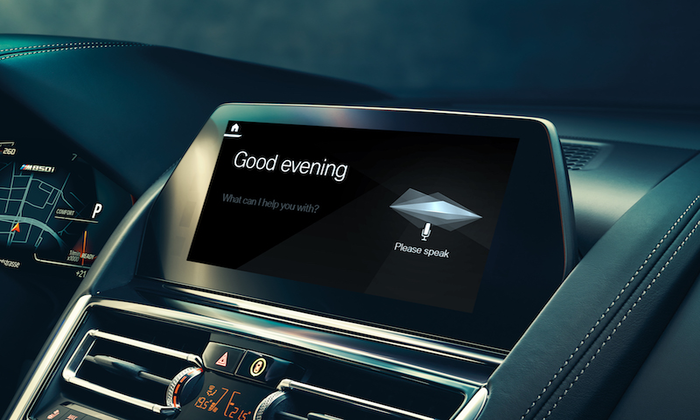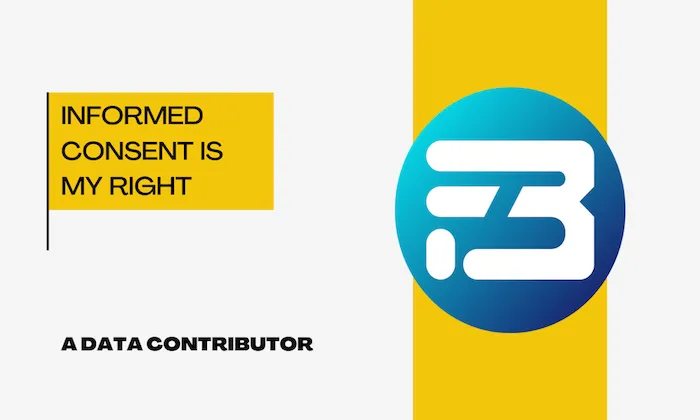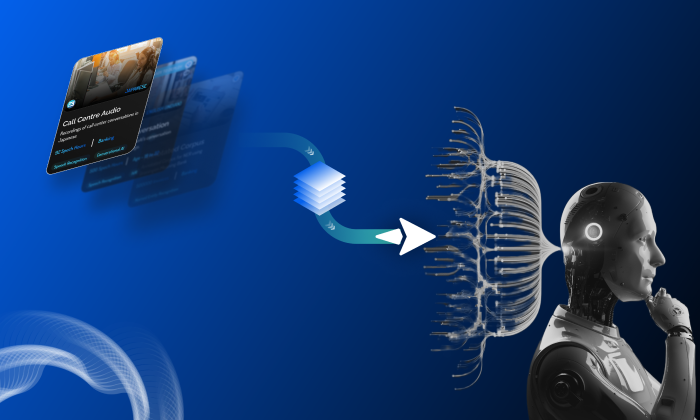Explore the usecase of wake word datasets for automotive AI
Wake Words
Automotive AI
Voice Recognition
As vehicles become smarter, integrating voice recognition systems is key to creating seamless, user-friendly experiences. Wake word datasets specifically tailored for automotive AI play a critical role in developing in-car voice assistants, enabling hands-free control over navigation, entertainment, and more. This article explores the technical nuances, real-world applications, and best practices associated with these datasets, underlining FutureBeeAI’s expertise in this domain.
What Are Wake Word Datasets?
Wake word datasets consist of audio recordings designed to trigger voice activation in devices, responding to specific phrases or commands. For automotive AI, these datasets are vital in systems that rely on voice-activated features. They typically include:
- Wake Words: Phrases like "Hey Car" or "Start Engine" that activate the system.
- Command Phrases: Follow-up instructions such as "Play music" or "Navigate to home."
FutureBeeAI provides both Off-the-Shelf (OTS) and custom datasets, covering over 100 languages and numerous accents, crucial for the global automotive market.
Why Wake-Word Accuracy Matters in Automotive Environments
The effectiveness of wake word recognition significantly impacts user satisfaction and system reliability. High-quality, well-annotated datasets can push accuracy rates above 95% in controlled settings. However, automotive environments pose unique challenges:
- Diverse Linguistic Backgrounds: Users speak with varied accents and dialects, necessitating datasets that capture these nuances.
- Environmental Noise: Cars are exposed to background noise, making it important for datasets to include recordings from conditions like highways, tunnels, and urban areas.
FutureBeeAI’s datasets address these challenges by incorporating diverse recording environments, enhancing system robustness.
Wake-Word Dataset Workflow: Collection to Deployment
Creating effective wake word datasets involves several steps:
- Data Collection: Gather audio from diverse speakers, covering different accents, genders, and ages.
- Annotation: Each recording is annotated with time-aligned transcripts, specifying wake words, command phrases, and context. Silence padding and Voice Activity Detection (VAD) thresholds are handled meticulously.
- Model Training: The annotated data is used to train models through supervised learning, teaching them to identify wake words and commands.
- Testing and Validation: Models are rigorously tested against unseen data to evaluate performance in real-world scenarios.
FutureBeeAI’s datasets include non-wake audio, filler words, and challenge phrases to reduce false accepts. Techniques like noise injection and speed/pitch shifts simulate various acoustic environments.
Automotive Use Cases: From Cabin Control to Safety Alerts
Wake word datasets unlock numerous possibilities within automotive AI:
- In-Car Voice Assistants: Develop advanced voice assistants for hands-free operation of navigation, music, and communication.
- Smart Vehicle Features: Activate climate control and safety systems via voice, enhancing the driving experience.
- Personalization: Tailor responses to individual preferences through customized command phrases.
A European OEM improved its in-car voice assistant using FutureBeeAI’s custom dataset, reducing False Rejection Rate (FRR) by 15% in highway conditions.
Overcoming Automotive Audio Challenges: Best Practices
While integrating wake word datasets offers many benefits, challenges remain:
- Data Privacy: Comply with regulations like GDPR through transparent user consent processes.
- Quality Control: Maintain consistent audio quality with a rigorous QA process.
- Scalability: Ensure datasets are adaptable to new languages, commands, and user demographics as technology evolves.
FutureBeeAI addresses these challenges with YUGO, our proprietary platform for structured data management, ensuring high-quality datasets.
Edge AI Audio Dataset Specifications
Our standard specifications include:
- 16 kHz sample rate
- 16-bit WAV format
- Mono audio
- Noise-controlled environments with strict guidelines
These specifications ensure compatibility with on-device edge inference, meeting memory and latency targets for real-time detection.
Moving Forward with FutureBeeAI
To leverage the potential of wake word datasets in automotive AI, partnering with a trusted data provider is crucial. FutureBeeAI offers comprehensive OTS and custom datasets, adapted for the automotive industry’s demands. Our focus on diversity, quality, and compliance ensures your AI models are top-performing and user-aligned.
Explore how FutureBeeAI can empower your automotive AI initiatives today.
Key Takeaways
- Wake word datasets are essential for developing robust automotive voice assistants.
- FutureBeeAI provides diverse, high-quality datasets tailored for real-world automotive applications.
- Overcoming environmental noise and linguistic diversity is critical for system accuracy.
- Partnering with FutureBeeAI ensures access to state-of-the-art datasets and tools like YUGO for streamlined data management.
For automotive projects requiring high-performance wake word datasets, FutureBeeAI can deliver multilingual, production-ready collections in 2-3 weeks.
What Else Do People Ask?
Related AI Articles
Browse Matching Datasets
Acquiring high-quality AI datasets has never been easier!!!
Get in touch with our AI data expert now!








